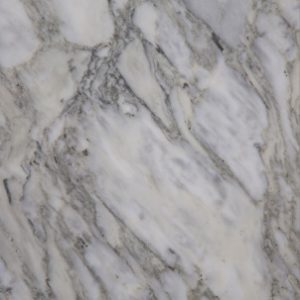ABOUT THE STONES
At Global Marble & Granite, we believe there is a stone perfect for you and your home. This is where we come in: helping you to determine what that stone is. Of course, you may already know the type of stone you want; the next step is picking the slab that will be used for your specific application.
In other cases, you may be undecided on what variety of stone is best suited for your project. Don’t worry. That’s common. As part of our process, we work closely with you to identify your needs and how exactly you will be using natural stone in your home. We are there every step of the way to ensure you will be happy with your stone, not only when it’s installed, but 10, 20 and 30 years from now.
Based upon what you are looking for, we will provide you with recommendations. Ultimately, the choice of whether to use marble or granite or slate or limestone or Caesarstone is up to you. Because there are so many options, it can be confusing to know exactly what the difference is with each one. That’s why we’ve provided a helpful guide below to eliminate some of that confusion for you.
First, let’s start with the basics. Natural stone can be broken down into one of two general categories: siliceous or calcareous stone. Siliceous stone (granite, slate, sandstone, quartzite, brownstone) is characterized by its durability and ease of care and maintenance. It is composed of silica or quartz-like materials. Calcareous stone (marble, travertine, limestone, onyx) is sensitive to acidic cleaning products and requires a different care and maintenance than its counterpart. It is composed of primarily calcium carbonate.
The specific types of natural stone we offer include the following:

MARBLE
Why not start with one of the natural stones in our name? Marble is often used for countertops, bathrooms, floors, fireplaces and foyers. Available in an almost limitless collection of colors, marble is noted for its fine texture and distinct veining which is prominent and runs throughout.
Because it is a softer stone than granite, marble can be easily scratched, which is why we recommend cutting boards and other protective measures be used if applied in a kitchen. It is also susceptible to damage from acidic solutions (lemon juice, tomato, vinegar, etc.), which can etch the surface of the material. Sealing marble can help reduce this damage though it is not always 100 percent effective.

GRANITE
Next up, the other half of our name: granite. By far the most popular choice for kitchen counters, granite is one of the hardest stones available on the market. Why does this matter? Because the harder the stone, the more resistant it is to abrasions and scratching. Granite is a durable stone, known for its ability to withstand heavy use.
This makes kitchen countertops, tabletops, bars and floors ideal applications for granite. It can also be used in outdoor applications – paving, countertops, bars and fireplaces – to bring out the exterior beauty of your home.

SLATE
Most typically used in floors (both indoor and outdoor), slate is softer than granite and is more susceptible to scratching and abrasion. Despite this quality, it can also be used for kitchen countertops, tabletops and fireplaces. Customers should take the same precautions with slate as they do with marble.
Unlike marble, slate comes in only a handful of colors: dark green, black, gray, dark red or multicolored. One additional note: slate does not have a smooth surface

SANDSTONE
Sandstone is commonly used for fireplace facings, chimneys, garden walls and outdoor areas, including pools. Its color varies widely because of the materials (minerals and clays) found in the stone.

LIMESTONE
Most popularly used as a building stone, limestone has similar weaknesses to marble (easily scratched) when used in countertops. Sealing is often recommended for limestone as a way to maintain and preserve it. Its uses range from interior floors to exterior paving to exterior wall cladding to countertops. Limestone is available in a small array of colors that include gray, tan and buff.

TAVERTINE
A type of limestone, travertine is among the more popular natural stones for wall cladding (both interior and exterior) and can also be used for interior floors, exterior paving, curbing and statuary.

CAESARSTONE
An engineered stone, Caesarstone is mostly quartz. Touted for its heat- and stain-resistant properties, Caesarstone offers multiple edging, finish and texture options. Caesarstone’s colors are more limited than its competitor, Silestone. Another difference between the two: Silestone uses slightly less quartz than Caesarstone.
